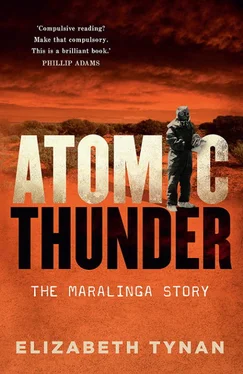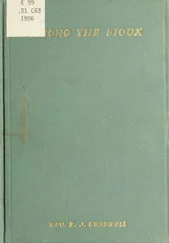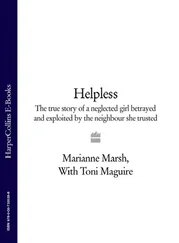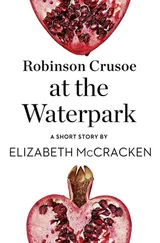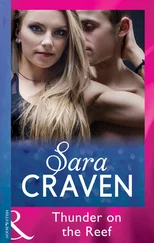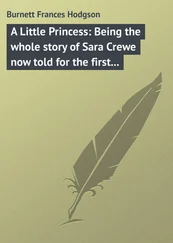The Totem bombs were part of a push by the British to build up the country’s atomic weapon stockpile quickly. The Americans and the Soviets were already well ahead in the game, and the British couldn’t be finicky about the purity of the design and execution. They had to make bombs with whatever material came to hand. The ideal material for nuclear weapons is plutonium-239, but it is expensive to produce, and British reactors were not able to keep up with the demand from the AWRE. So the Totem bombs made use of impure plutonium. Plutonium-240 is quicker and cheaper to produce, and this potentially enabled faster production of the hundreds of bombs Britain wanted. Totem was designed to test whether plutonium-240 was suitable to power nuclear bombs. Lorna Arnold, the British chronicler of the nuclear trials, called the tests ‘a technical success’, despite the harm that Totem 1 (in particular) caused. The tests advanced understanding of plutonium-240 for cheaper weapons manufacture, including the proportion that would produce a viable chain reaction. The British also learned about fallout patterns – effectively by experimenting on the local Indigenous population.
The RAAF deployed 10 Lincoln bombers to the Totem series to take samples from the atomic clouds. The huge military aircraft, based at Woomera and Richmond (near Sydney), landed on the Emu claypan in all weather. Also, Bristol freighter aircraft transported equipment to the site. The US Air Force sent two B29 Superfortress four-engine turboprop bombers that operated out of Richmond RAAF base, 1900 kilometres away, to collect air samples from the clouds. The American air crew who flew into the atomic cloud were provided with dosimeters, and their aircraft were fitted with radiation detection equipment. Dosimeter is the collective name for various kinds of radiation detection devices, including film badges that could be worn on the uniforms of personnel in contaminated areas. Film badges had a plastic holder containing a piece of film similar to a dental x-ray film. Radiation exposed the film, which was later developed to determine the radiation dose received. The Americans were strict about the use of dosimeters.
This was not the case for the RAAF crew operating under British orders, or the RAF crew. The British view was that the risk of exposure of radiation caused by flying through the cloud was ‘negligible’, so no detection gear or personal monitoring devices were issued. Penney said in his Royal Commission statement, ‘The fact that the crew of an RAF Canberra received significant doses of radiation as a result of their early passage through the [Totem 1] cloud was reported to me. I did not regard it as very serious as a once in a lifetime dose’.
In fact, only the more rigid American safety procedures drew any attention to the risk that pilots and other air force personnel faced. The Americans were stricter about safety than the British ever were throughout the time they tested their bombs in Australia. As writer Joan Smith said in her book on Maralinga, ‘The Americans… knew exactly what they were doing’. American Geiger counters were run over the Australian planes as well as their own aircraft. Every time they did this the planes were ‘hot’ – that is, they were contaminated with radiation. The British Canberra aircraft that sampled the Totem 1 cloud, and which had been sealed before take-off, was too contaminated to be used again for Totem 2.
Nuclear armament doesn’t involve just a clever design of a big weapon made of uranium or plutonium. Subsidiary matters such as triggering the devices or predicting and ameliorating the worst-case scenarios must be dealt with too. The British authorities were keen to supplement the program of major bomb trials with smaller scale experiments on a range of associated issues. They started to broaden the scope of the test program with the advent of the early minor trials at Emu Field, codenamed Kittens. These experiments were designed to test aspects of the design of bomb triggering devices known as initiators. Despite the obvious inadequacy of the Emu Field site, five Kittens experiments were held there in 1953 before the British departed. As the British prepared to leave this difficult site, plans for what to do next were afoot. Australia was preparing for the long haul.
As future plans were drawn up, Australia’s pallid attempts to become a more senior partner in the tests ran to offering more funding than the British had even requested. A top-secret 1954 Cabinet briefing document outlined this strategy:
Although U.K. had intimated that she was prepared to meet the full costs, Australia proposed that the principles of apportioning the expenses of the trial should be agreed whereby the cost of Australian personnel engaged on the preparation of the site, and of materials and equipment which could be recovered after the tests, should fall to Australia’s account. This basis was accepted by U.K., and the approximate costs of the trials in Australia amounted to:- United Kingdom £771 000; Australia 144 000. The U.K. share… does not, of course, include the cost of development of the bomb, which probably amounted to some millions of pounds. Included in the U.K. share in Australia is a considerable quantity of stores and equipment still at Emu Field and Woomera, which could be used for future tests, or sold and a credit passed to the U.K. A cheque for £600 000 sterling was received in June [1954] from the U.K. Government in payment of her share, but adjustments may be necessary before the costs are finalised.
Beale said that Australia should aim to be more than a mere ‘hewer of wood and drawer of water’ for the British at the new Maralinga site. He recommended extensive financial, material and manpower contributions so Australia would be considered a true partner, after canvassing four other less costly scenarios. Beale’s preferred option was projected to cost a huge £200 000 per year.
This alternative will ensure the best return to Australia for any expenditure provided and comes more adequately than any of the other [cheaper] alternatives within the definition of a joint project because it means that we would have a definite responsibility in the scientific trials and would share in the knowledge gained therefrom.
In the end, despite the massive expenditure, Australia was never more than the wood hewer and water drawer. In fact, that description could not be more apt, with its connotation of lowly hard labour and exclusion from decision-making.
Harder negotiators on the Australian side might have made a difference, since Australia was not without bargaining chips, but they were nowhere to be seen. Instead, Australia just worked out how to pay the exorbitant costs associated with its menial role. After some discussion back and forth between senior government officials, they decided Australia’s initial contribution should be £400 000 to £500 000, continuing at an annual rate of £150 000. Beale recommended a special government appropriation to cover the cost, rather than raid the Defence budget. The means of raising such a significant amount of money was up to Treasury – it would not come out of existing departmental or service budgets.
After Totem, the British test program in Australia stopped for two and a half years. The decision to create a permanent nuclear test site in Australia at Maralinga took a lot of planning, expense and time. While the Australian Government was preoccupied with the logistical matters associated with building a new desert township and associated bomb testing range, the British were getting impatient with the fact that the permanent site would not be ready until the second half of 1956.
During that time, AWRE scientists shifted their focus to the prospect of a British H-bomb. This fusion weapon, already in the arsenals of both the US and the USSR, had a much larger yield – in the megatonne rather than the kilotonne range, a megatonne being 1000 kilotonnes. The prospect of an international treaty to limit nuclear weapons testing gave British plans for a thermonuclear bomb greater urgency. They needed to test a megatonne weapon before a test ban took effect. Penney made the running on the British H-bomb test, in the Pacific Ocean at Christmas Island. It was given the codename Operation Grapple.
Читать дальше
